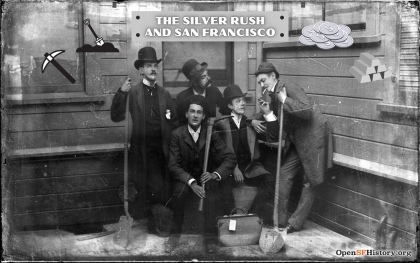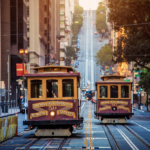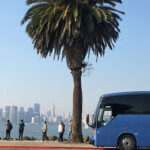The Discovery of Silver in Sun Mountain
After the Gold Rush was over, people were still searching for mines in California. In June of 1859, a sample of ore was taken out of Sun Mountain and sent down to Grass Valley to be assayed. It turned out that the ore was silver, and the value was calculated over $3000 per ton. This news quickly overflowed to Grass Valley and spread across the state. People knew that the gold rush was over, however they got excited for the possibility that a half-billion dollars’ worth of silver could be dug out of Sun Mountain.
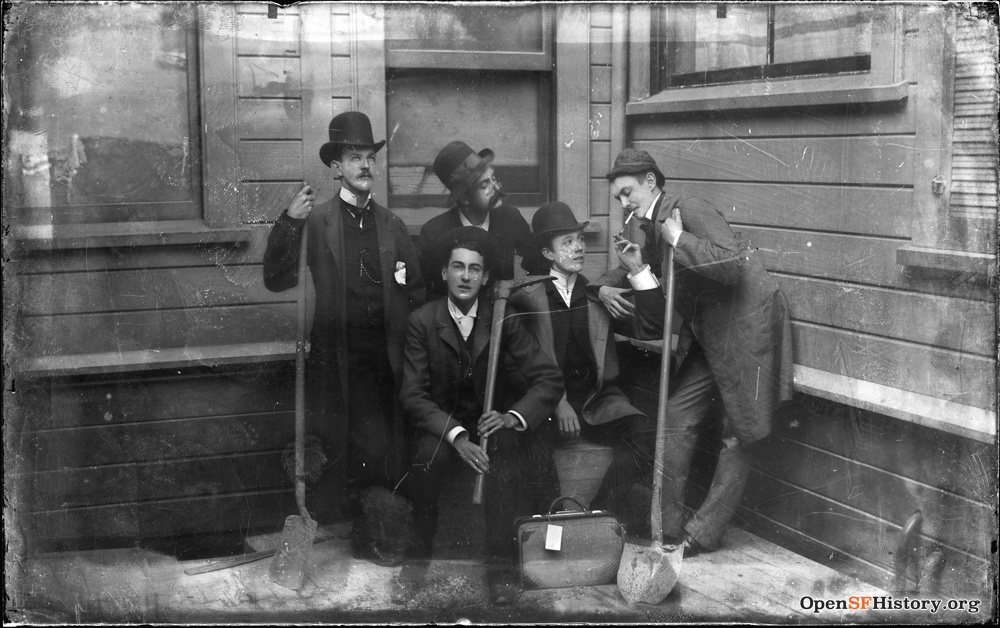
Silver Fever Grips California
It was just like old times; all the grog shops were emptied by the miners. All pickaxes, pans, Levi Strauss pants, buckboards, and all the other required equipment of mining life were sold out. But the Silver Rush was not going to be the same as the Gold Rush. The Silver Rush was going to be a game for capitalists and engineers. The first arrivals at the Comstock were optimistic and they believed that the millions were lying underfoot.
Capitalists and Engineers Enter the Scene
The Comstock was endlessly written about, even Mark Twain’s book “Roughing It”, published in 1872, mentions it. People were coming to the Comstock to join the mining work but first, they had to cross miles of confounding hills and sagebrush. Many miners took up various claims and built shafts and tunnels but never finished many of them because the labor was challenging and required engineering skills. While some of the early miners left the mountain, many stayed in hopes of finding silver.
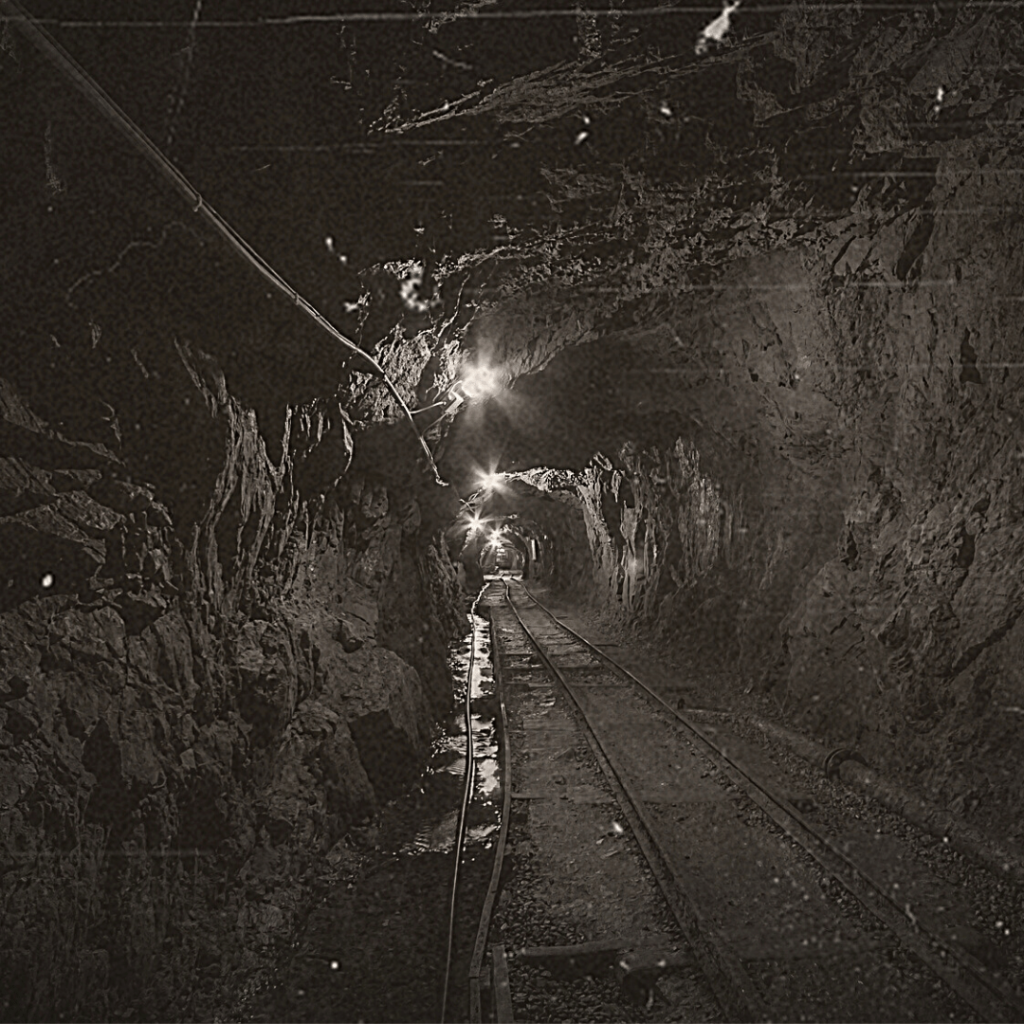
William Chapman Ralston: Banking on the Comstock
Visionary San Francisco Banker named William Chapman Ralston opened the Bank of California at Battery and Washington Streets. Ralston was deeply interested in the silver in Comstock, he wanted to solve the problems there using his capital. Other mining companies had been paying 3% to 5% interest a month on borrowed money. Ralston offered loans at 2%, and he found many takers. Once the loans went into default, he foreclosed on the mines and took control of many of them. Later Ralston and the Bank of California became sovereigns of the Comstock.
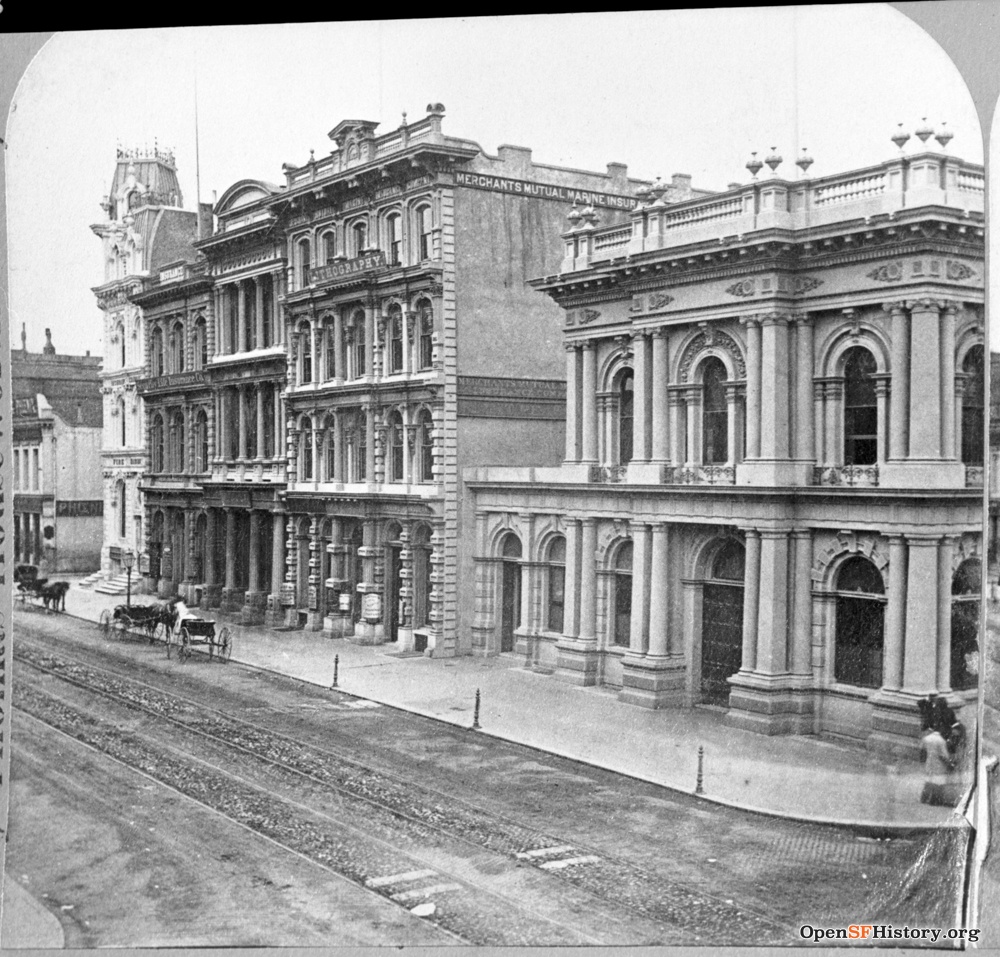
Bank of California’s Dominance and Expansion
After taking control, Comstock received the full capital of the Bank of California. Later many engineers were hired, and expensive machinery was installed to devise a new tunneling method. Ralston was able to make so much money out of these tunnels and he bought more mines, mills, and stage lines to power his hand to power the way he speculates the market.
Adolph Sutro Tunnel: A Race Against Time
Miners often complained about working in the mines because there were some issues such as drainage and ventilation. In February 1865, Adolph Sutro offered some solutions to ease these problems on the side with a new plan of building a deep tunnel into Sun Mountain. Sutro’s new tunnel promised to ease all these issues and make accessing the mines easier than ever. Ralston agreed to Sutro’s request and signed the agreement for twenty-three Comstock mines. He had to raise $3 million to begin to work on these tunnels. After Congress passed the Sutro Tunnel Act, Sutro got the federal right of way and joined in stock subscriptions to collect this money and received some loans from different banks including a Bank from London. He was able to start the tunnel and finished in the summer of 1878. But the tunnel was completed too late the bonanza was over. Sutro had even secretly sold his tunnel stock for a million dollars and retired to his mansion in San Francisco.
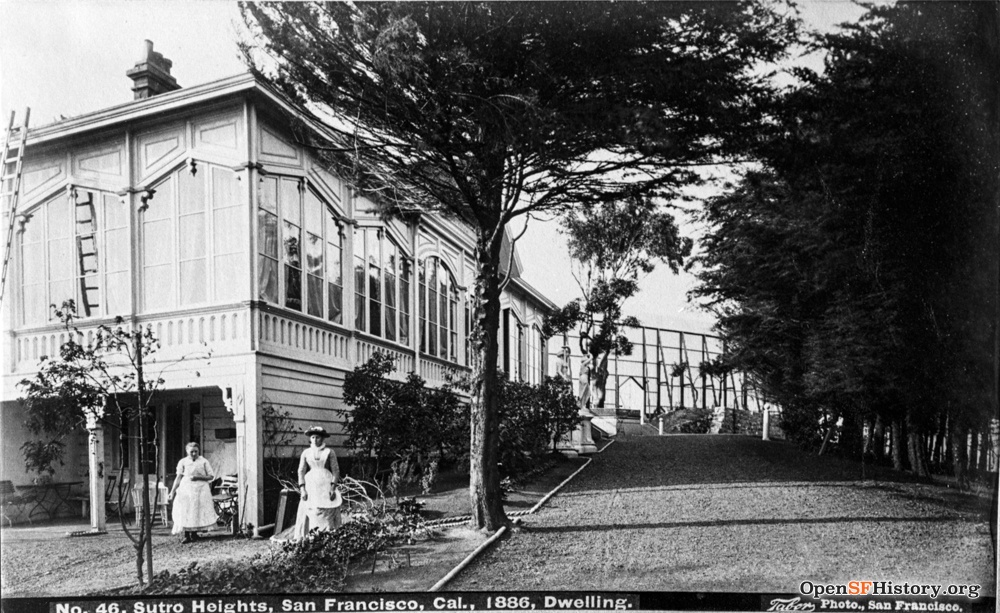
Most of the mines of Ralston were very lucrative, and the mines were carried out by train to San Francisco. Ralston became so rich and decided to build the Palace Hotel which was to take five years and 7 million dollars. All the money that capitalists collected from the Gold and Silver Rush was used to build San Francisco and the outside lands because San Francisco expanded to the Pacific shore. Golden Gate Park was built and by the late 1870s, the park had become one of San Francisco’s most cherished assets.

If you are wondering about the Gold Rush, click here to discover the era: The California Gold Rush in San Francisco
If you liked this post, check us on social media for more content about San Francisco or join our email-list.
